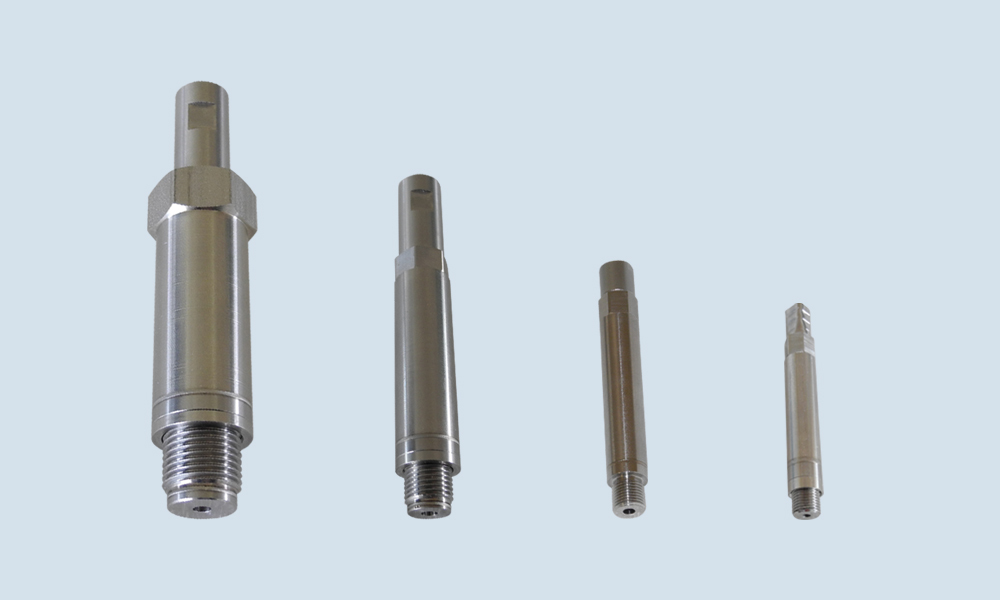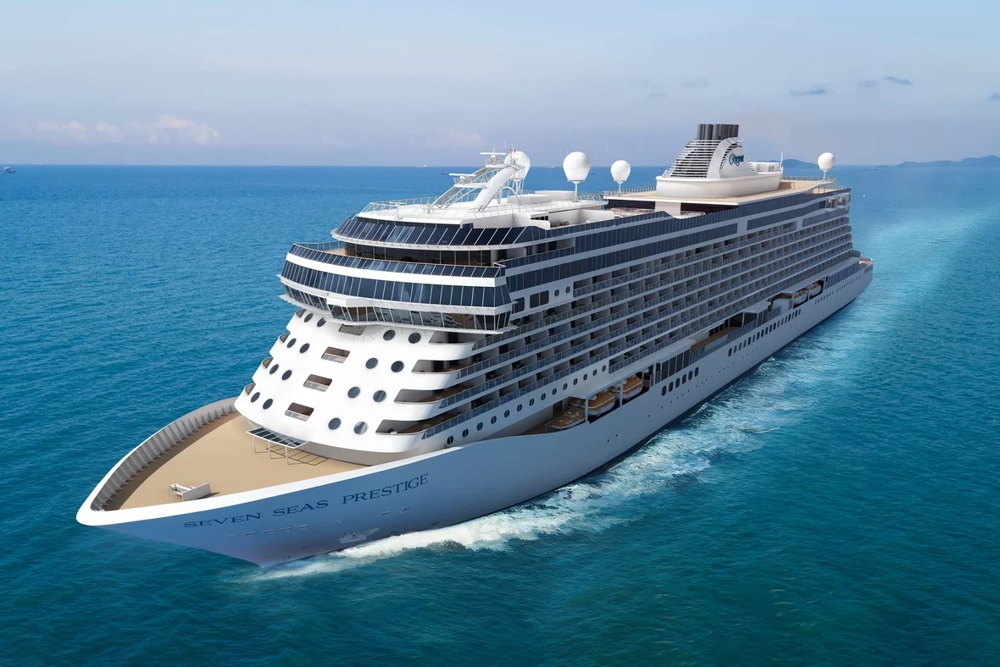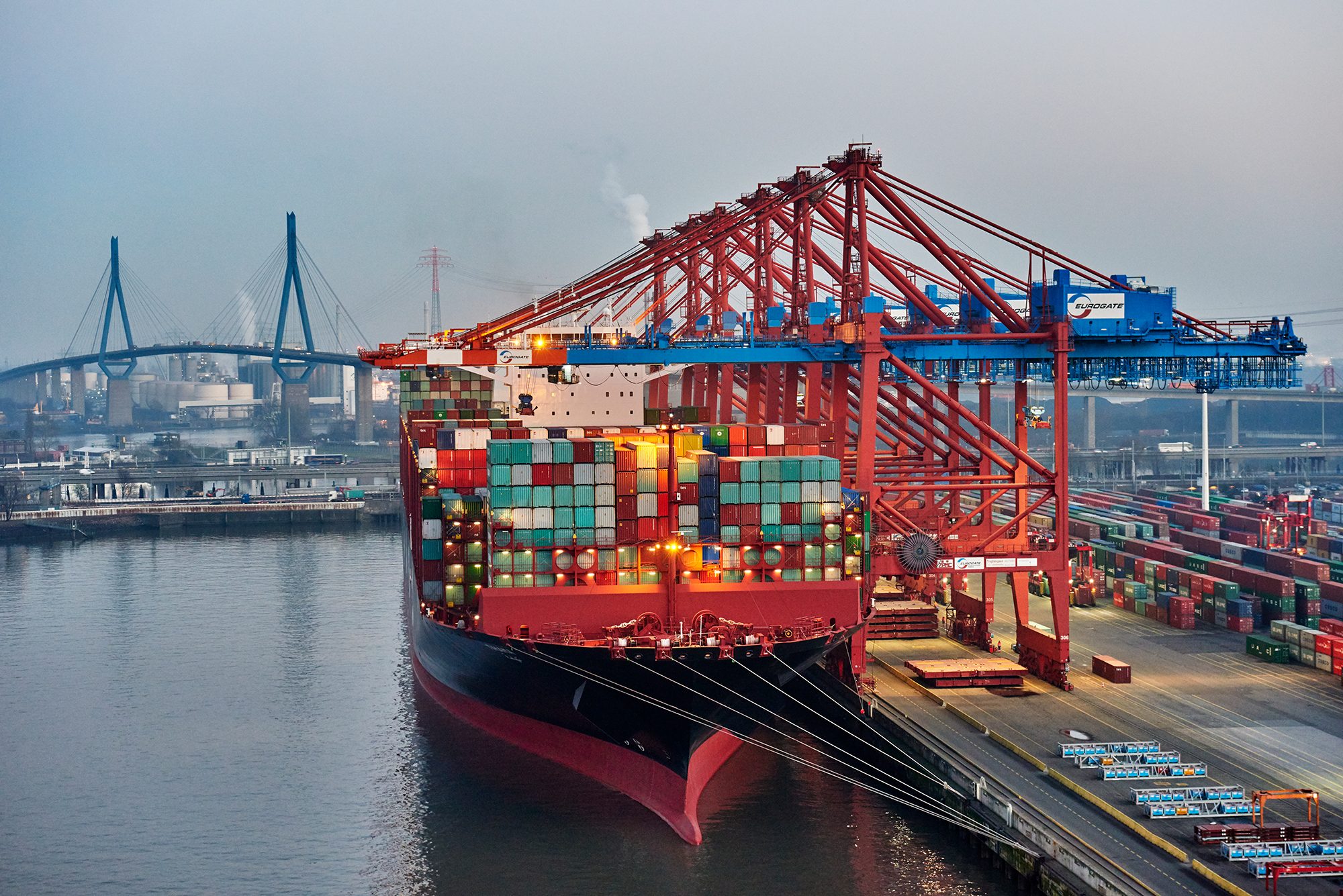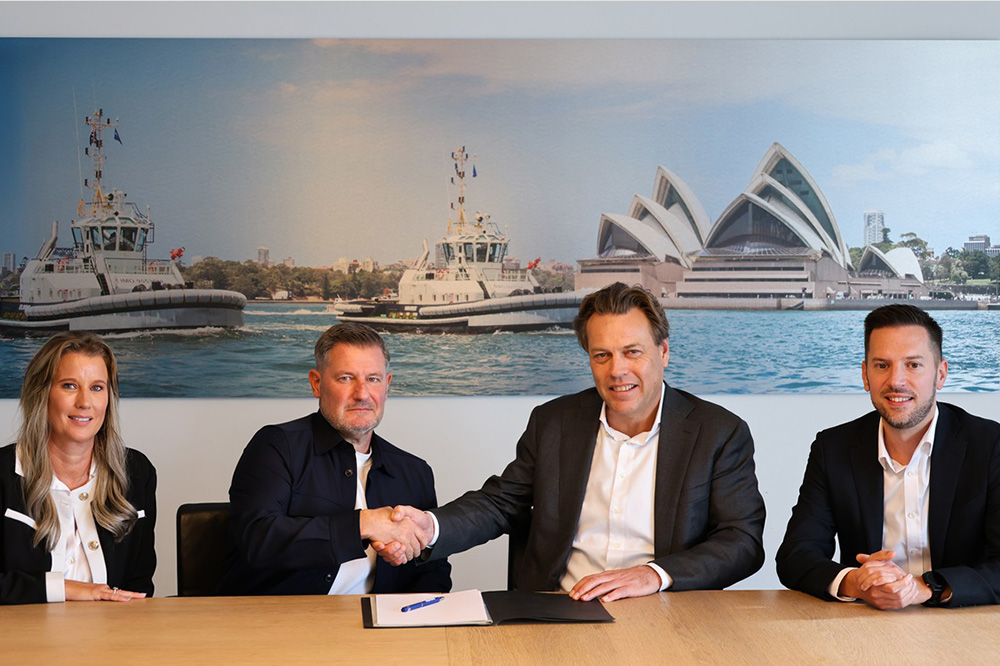Sweden’s Port of Gothenburg is growing thanks to the Maersk Group’s container business and has recorded a record year. However, there was a sharp decline in the energy segment.
Despite the geopolitical unrest and the economic slowdown with inflation and rising interest rates, the volume in most cargo segments in the port of Gothenburg increased in 2023, the port authority announced today.[ds_preview]
The container segment stands out the most: 2023 was reportedly the best year in the port’s 403-year history.
A total of 914,000 containers (TEU) were handled in the Port of Gothenburg in 2023. This represents an increase of 3% compared to the previous year and 16,000 containers more than the previous peak in 2012. 57% of Sweden’s container traffic is currently handled at the Port of Gothenburg, with terminal operator APM Terminals managing the majority of the volume.
It is mainly export products that are increasing, “while the import industry is facing challenges”, it continues. The “buying frenzy” during the pandemic is. However, a turning point was reached in the last quarter of the year.
“Overall, this is a fantastic result and strong evidence of the Port of Gothenburg’s role as a guarantor of Swedish industry’s access to the world. It is pleasing that the Swedish export industry remains strong and that we are now seeing a brightening on the import side,” said Claes Sundmark, Vice President Sales & Marketing at the Port of Gothenburg Authority. The port’s growing market share, both nationally and internationally, is also a sign of further increased confidence among shipping companies and cargo owners.
The types of cargo in Gothenburg
- Containers by rail: Around 60% of the containers transported overland between the Port of Gothenburg and the Scandinavian hinterland are transported by rail. However, the decline in container imports, combined with maintenance work on the country’s rail infrastructure and problems with the Swedish Transport Administration’s planning, has led to a decline of nine percent compared to the record year 2022. However, there was a recovery in the last quarter, linked to the recovery in imported containers.
- RoRo units: Intra-European RoRo traffic decreased by 4% in 2023 and, similar to the container segment, import volumes fell while exports remained essentially at the same level as in 2022. “Considering the economic situation in Europe, the current global situation and the development of RoRo volumes in other ports, this is a good result,” said Sundmark.
- New cars: Handling of new cars increased by 13% to 267,000. Both imports and exports increased, and the port maintains its position as Sweden’s largest car port by a wide margin.
- Energy products: In 2023, the port’s energy volume fell by 17% year-on-year to 18.4 million tons. Maintenance downtime at the port’s two large refineries and an oil price that did not favor storage are cited as explanations.
- Bulk cargo: Handling of conventional bulk cargo ships continues to increase. In 2023, 439,000 tons of bulk cargo were handled, which corresponds to an increase of 17%. It is mainly bulk goods such as cardboard and paper pulp that are increasing, with a new transshipment flow of paper pulp making a particularly strong contribution to growth.
- Record in the cruise segment and increased ferry traffic: Travel by ferry and cruise ship continues to increase after the pandemic. In the cruise segment, the number of passengers rose by 45% in 2023. This meant 118,000 passengers, the highest annual figure ever recorded in the Port of Gothenburg. A total of 81 cruise ships called at the port during the year, matching the figure for the record year 2022. The number of ferry passengers increased by 7% to almost 1.4 million passengers.
















